Do you ever get those questions where you know you are correct but you have to check the literature? I believe I’ve come across this order once or twice in my career: oral lorazepam PRN for a seizure. Can this be done? Here are the details on why this shouldn’t be done.
Can I give oral lorazepam for an active seizure? Why or why not?
Lorazepam is a commonly prescribed benzodiazepine used to aid in the resolution of seizures, seizure clusters, and status epilepticus. Lorazepam comes in several dosage forms, including an oral tablet, sublingual concentrate, and injectable solution. Each option has its considerations and knowing when to use each dosage form will be crucial in effective seizure management.
Oral tablets are a convenient, non-invasive route of administration for benzodiazepines that are often prescribed and used in the outpatient setting for acute relief of anxiety. While this route does not require any specialized training, using the oral route of administration for an actively seizing patient is not appropriate. The oral route of administration poses a significant choking risk, as an actively seizing patient will likely not be alert or oriented enough to swallow a tablet. This increases the risk of aspiration and additional complications. This route also has the slowest onset of action, ~30 minutes, delaying therapeutic effect and increasing the risk for long-term damage and/or complications. Although the oral route should not be used during an active seizure, it can be utilized for other purposes pertaining to seizures. Lorazepam has a long duration of action and can be tried as a preventative therapy for seizure clusters and status epilepticus in patients who have a history of these where other medications have failed.
Sublingual Concentrate
Like oral tablets, sublingual lorazepam concentrate provides a non-invasive route of administration. Additionally, it has a more favorable safety and onset profile that allows it to be used in the outpatient setting for patients who are actively seizing. This route of administration has a quicker onset of action compared to an oral tablet and does not require the patient or caregiver to have any specialized training. The volume of sublingual lorazepam concentrate required to deliver a therapeutic dose ranges from 0.25 to 1 mL. While this route still poses a small choking hazard, there is a decreased risk compared to oral tablets, as the sublingual concentrate is meant for oral absorption without swallowing. There is a small retrospective study (by Lelis and Krauss) if you are interested in more details.
Injectable Solution
The injectable route of administration for lorazepam, specifically IV, is the gold standard for acute seizure management. However, this route is not used in the outpatient setting and is reserved for use by medical professionals in an acute setting, such as in an ambulance or hospital. Lorazepam can be injected IV or IM, with the IV route providing the quickest onset of action, typically within 1 to 2 minutes. This rapid onset of action makes this an ideal route for patients with status epilepticus who require immediate action to resolve the seizures and prevent neurologic damage.
Understating these differences helps caregivers and healthcare professionals make informed decisions, providing them with the knowledge to resolve seizures in a quick, timely, and safe manner. This ultimately leads to optimal patient care and improved outcomes.
In my situation, the oral lorazepam PRN order for seizure treatment was likely an error in transcription or a mistake by the provider. The most likely scenario was the person entering the order selected the diagnosis of seizure versus the diagnosis of anxiety for the PRN order.
This article was written by Kelly Cheis, PharmD, Candidate in collaboration with Eric Christianson, PharmD, BCPS, BCGP
- 30 medication mistakes PDF
- 18+ Page Drug Interaction PDF
- 10 Commandments of Polypharmacy Webinar based on my experiences in clinical practice
Popular Amazon Books
References:
Lelis IR, Krauss GL. Sublingual lorazepam as rescue therapy for seizure emergencies in adults. Epilepsy Behav. 2023 Aug;145:109294. doi: 10.1016/j.yebeh.2023.109294. Epub 2023 Jul 3. PMID: 37406555.

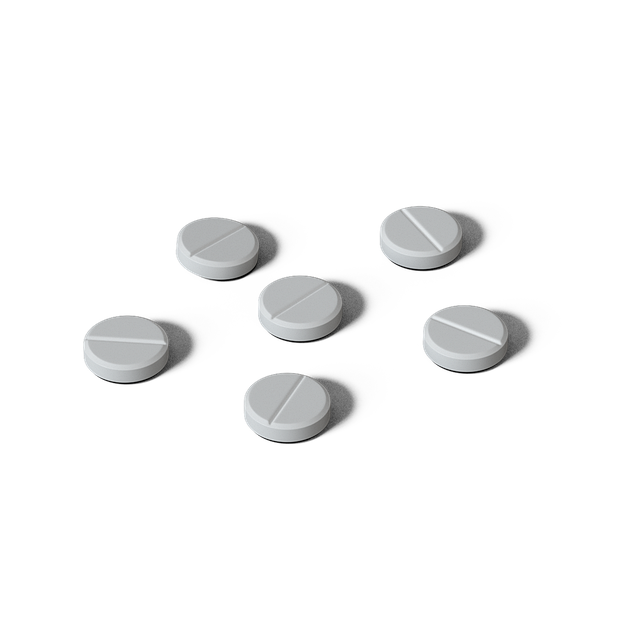
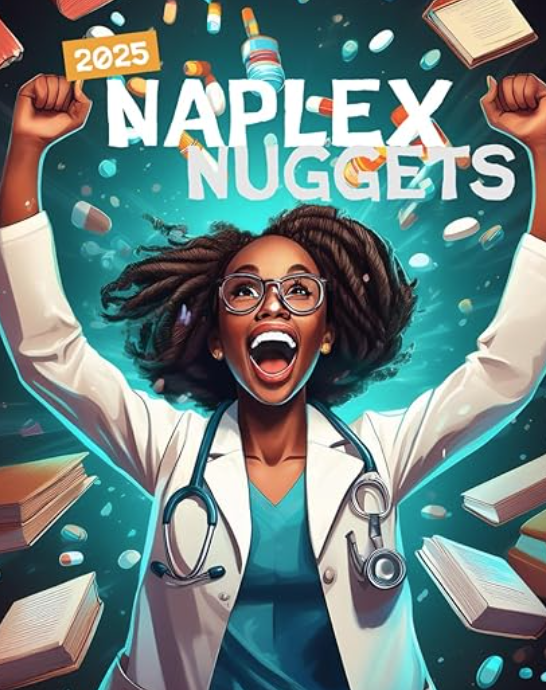


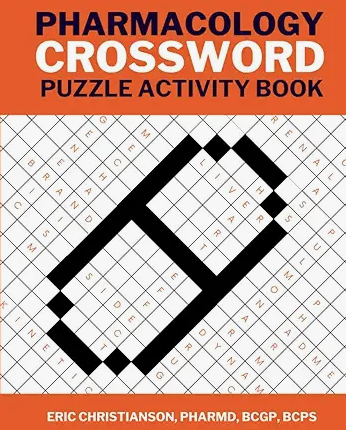
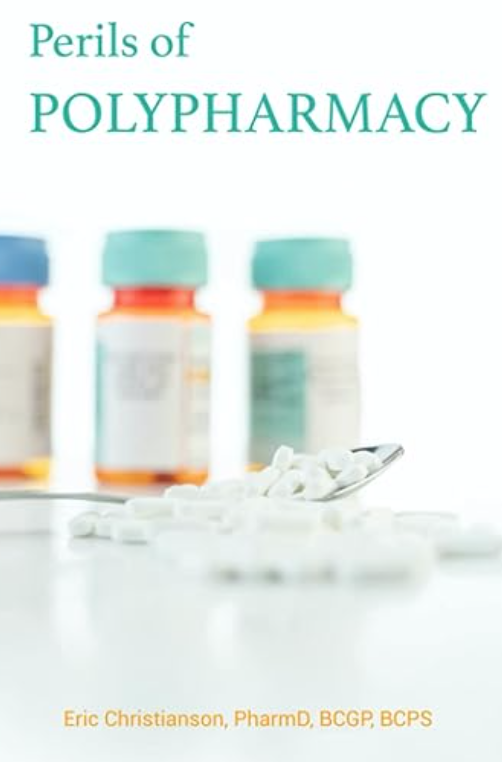
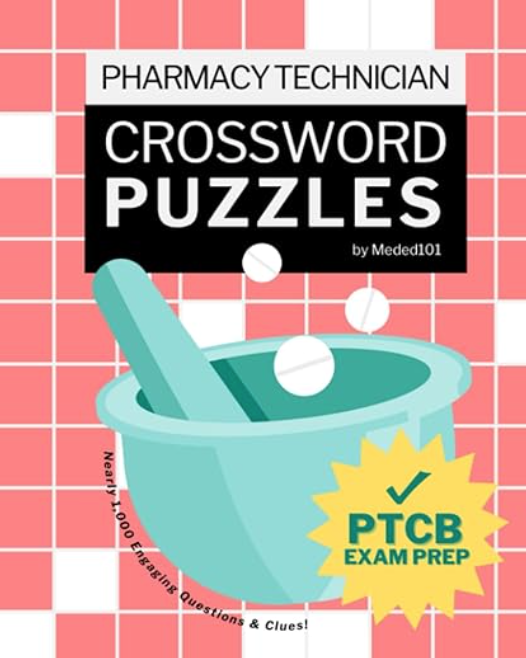

0 Comments